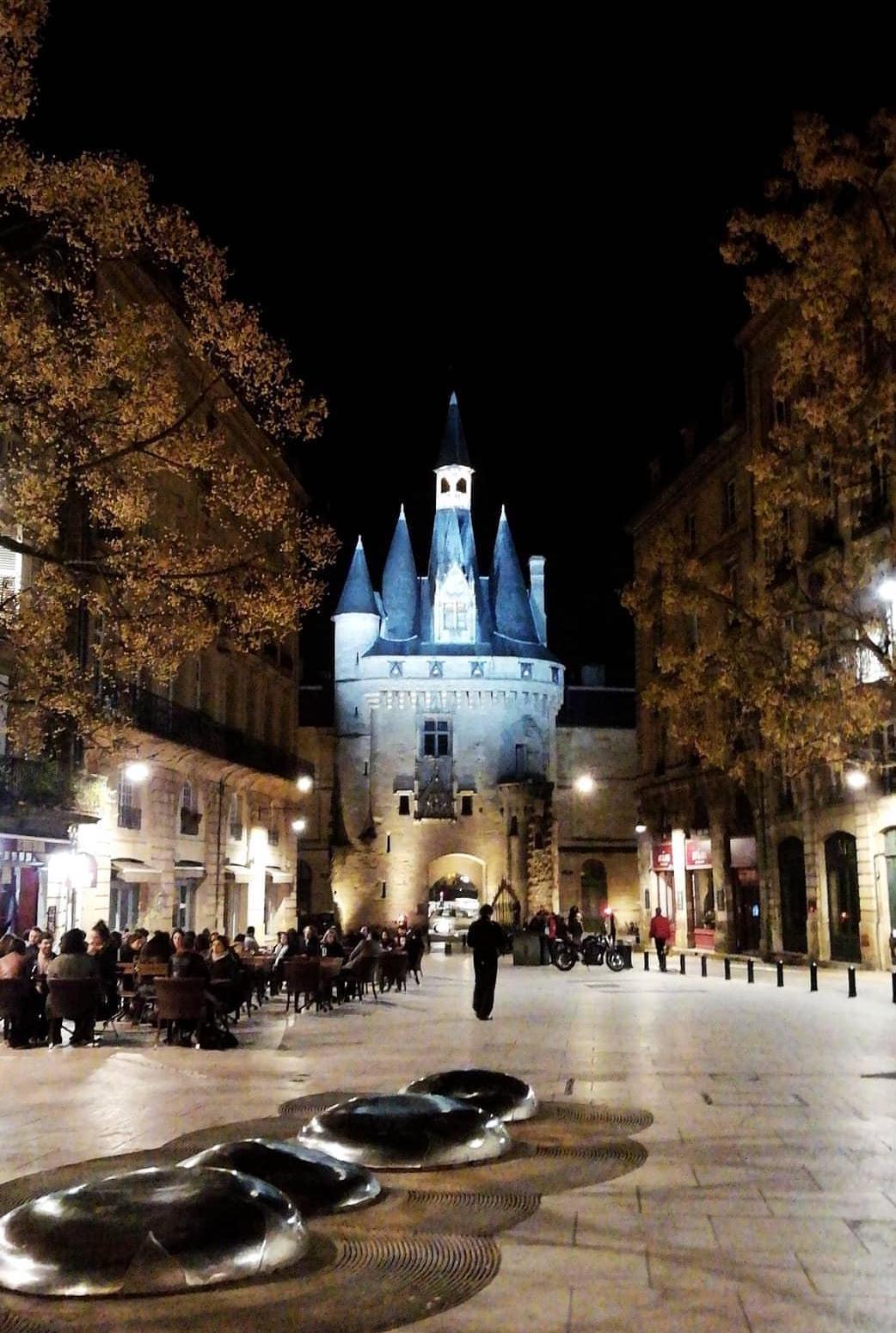Studying in KEDGE Business School: Differences between the University of Vaasa and KEDGE BS
Next, we are going to talk about studying in Kedge. How demanding are the studies? What do we think about the course offering? How Kedge differs from our home university?
First, it is good to know that in France, higher education is divided between public universities and grandes écoles. Grandes écoles are private schools that are specialised to subjects like business or engineering and are highly selective. Grandes écoles charge higher tuition fees compared to public universities. Therefore, tuition fees can be from 10 000€ to 15 000€ per year.
KEDGE Business School is grande école. It is the largest business school in France and with “Triple Crown” accreditation (AMBA, EQUIS, AACSB) Kedge counts itself among the top 1% of Business Schools worldwide. The school has campuses in Marseille, Bordeaux, Toulon and Paris plus two campuses in China (Shanghai and Suzhou).
The program which students from the University of Vaasa participate in Kedge is called Master in Management Grande École. This program offers courses from many different fields such as management, supply chain management, marketing, international business, and finance. The course offering is extensive and you can freely choose elective courses depending on your personal interests.
Academic year
The academic year in Kedge is from the beginning of September to the beginning of June. The year is divided into two semesters: Autumn and Spring semesters. In Autumn semester is three cycles and in Spring semester is five cycles. One cycle is about one month.
Mandatory courses and elective courses
The mandatory courses are online courses and last one semester. You can take a maximum of three mandatory courses per semester. Additionally, it is recommended that you take one to three elective courses per cycle. So, normally one elective course lasts one month. However, there are cycles, when Kedge offers intensive courses that only last one week.
Time schedule
There are three time-slots in every cycle: morning, afternoon and evening. You can choose only one course per time slot as the participation in lectures is mandatory in Kedge. The morning lecture starts at 8 am and the evening lecture ends at 7 pm. One time slot includes two 1,5 hour lectures with a break between. Our experience is that two elective courses per cycle is a perfect amount of work as three courses can be too much – especially if you are also taking mandatory online courses.
Workload
Workload varies a lot depending on the chosen courses. The mandatory online courses are more demanding as you are required to study the course material by yourselves. To get good points from the quizzes, you really have to go through the study material that the teachers provide. The study material can be quite extensive and it takes time to go it through. So, remember to reserve some time in your schedule for the online courses.
The workload in elective courses is normally less than in Vaasa, but there are also courses that are more demanding. The difference is that you really must start working immediately as the courses last only one month and the deadlines come quick. So, if you have many different projects and deadlines in one cycle, you might be quite busy with your time schedule. However, we felt that the standards are lower in Kedge, which makes the workload little lighter compared to Vaasa.
How the studies in Kedge differs from Vaasa?
First, Kedge and Vaasa differ from each other how the courses are organised. In Kedge, elective courses last maximum one month and you can also have intensive courses that last only one week. Compared to Vaasa, where the courses last longer and overlap more, studying in Kedge feels more intense as you are focusing only a couple of subjects at the same time. However, this also causes that the courses in Kedge are not as in-depth and extensive than in Vaasa. Therefore, in Kedge you can benefit from focusing your studies to the business area which you are interested to get a better understanding of that subject.
The biggest difference is that the studies in Vaasa are more academic compared to Kedge. In Vaasa, we learned the proper referencing and academic writing style during our first year of studies. In Kedge, only one teacher demanded us to use Harward-referencing. Also, the school works are different, so you are not really forced to read and reference any articles, instead you can rely on lecture materials and your own experience.
In Vaasa, we were used to reading many articles as it was common that we had to always read an article before a lecture and also search and read articles for our school projects and papers. In Kedge, only a couple of teachers demanded us to read articles and normally it meant that every group had to read one article and make a presentation about it. We also felt that the studies were more focused on cases than theory in Kedge compared to Vaasa.
In Vaasa, International Business students normally have only group projects and papers instead of having exams. Whereas, in Kedge there is also an exam in addition to group projects. To get a good grade from the exam, it is normally enough to attend the lectures and study the lecture material.
How it was to study in Kedge from Finnish students’ perspective?
Kedge’s course offering is very extensive, so we were able to choose courses that actually interested us. This gave us a chance to focus more on specific areas, that we are interested in working in the future. We were both extremely excited about this as the International Business studies in Vaasa are quite abroad and not so specific. We both had a chance to attend some interesting courses, that we wouldn’t have been able to take in Vaasa. Furthermore, as Kedge is the largest business school in France and is highly appreciated due to its triple crown, the school has wide resources and networks. Therefore, we believe that we will benefit in future from the fact that we had a chance to study in Kedge.
However, being Finnish students, who are used to organization and having clear standards and instructions, we were sometimes frustrated for the French style of handling things. In Vaasa, we have clear writing and referencing instructions for the papers: from how the front page should look like to how we should put references in the text. We are also taught to write Academic English. Compared to this, Kedge is Wild West. In Vaasa, we were also used to get all the deadlines and instructions for all the course works as well as the criteria for grading at the beginning of the course or even before the course. In Kedge, this is not always the case. The deadlines might change, new tasks might appear and you might not be even aware which works are being graded. Another challenge is that there might be some room for interpretations what comes to instructions regarding the school projects. Even the lack of organization sometimes frustrated us as Finnish, we think it was definitely good practice for the future as this also the case in the working life.
To end this blog post, we want to say that the most valuable course during our year abroad was actually being abroad and learning to cope in a new environment in a different culture. The double degree and studies in Kedge were a plus.
Sini & Mari

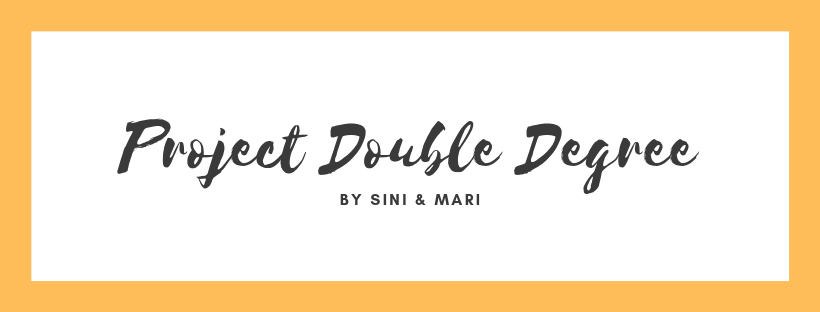
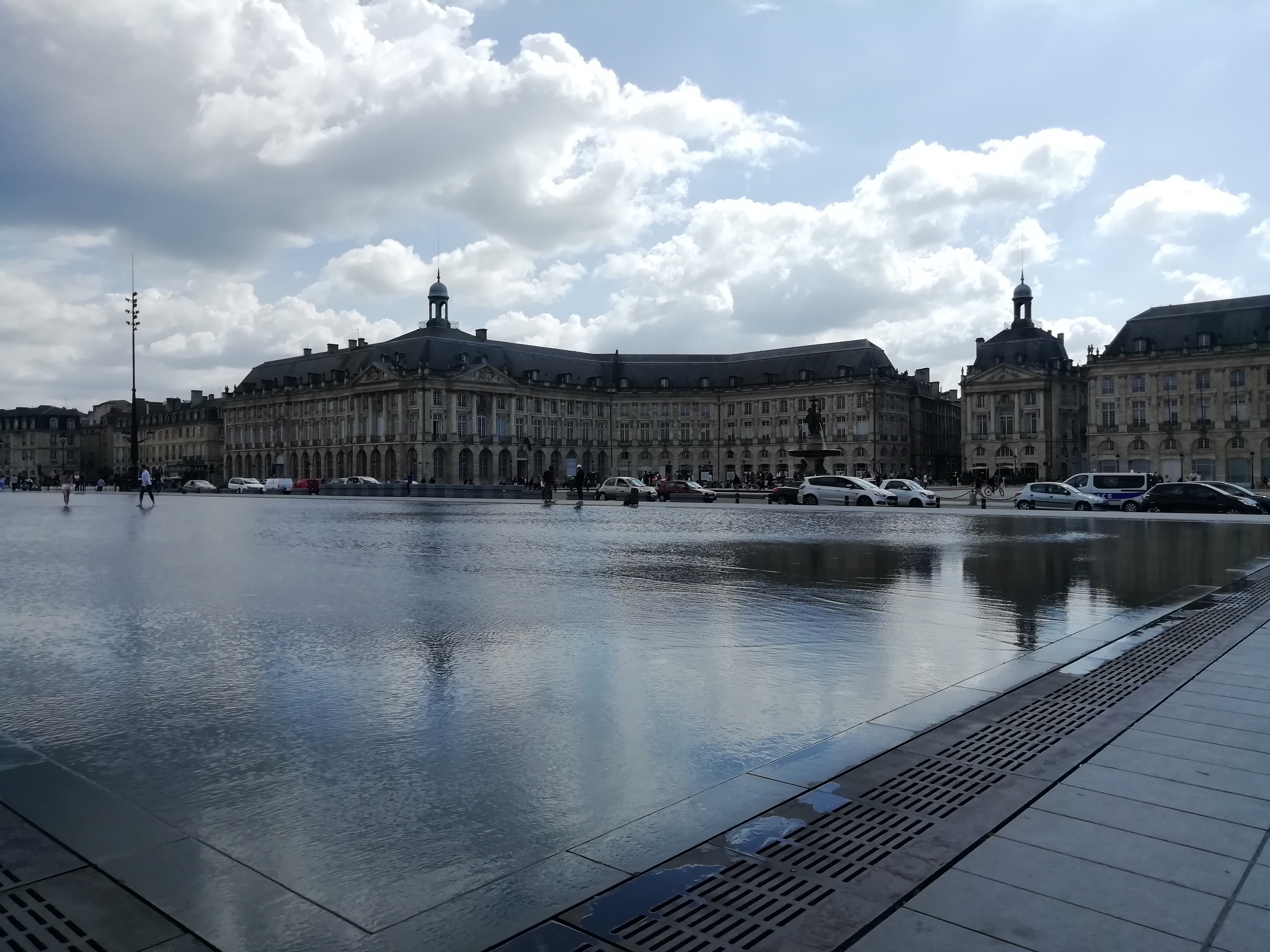 Life in Bordeaux
Life in Bordeaux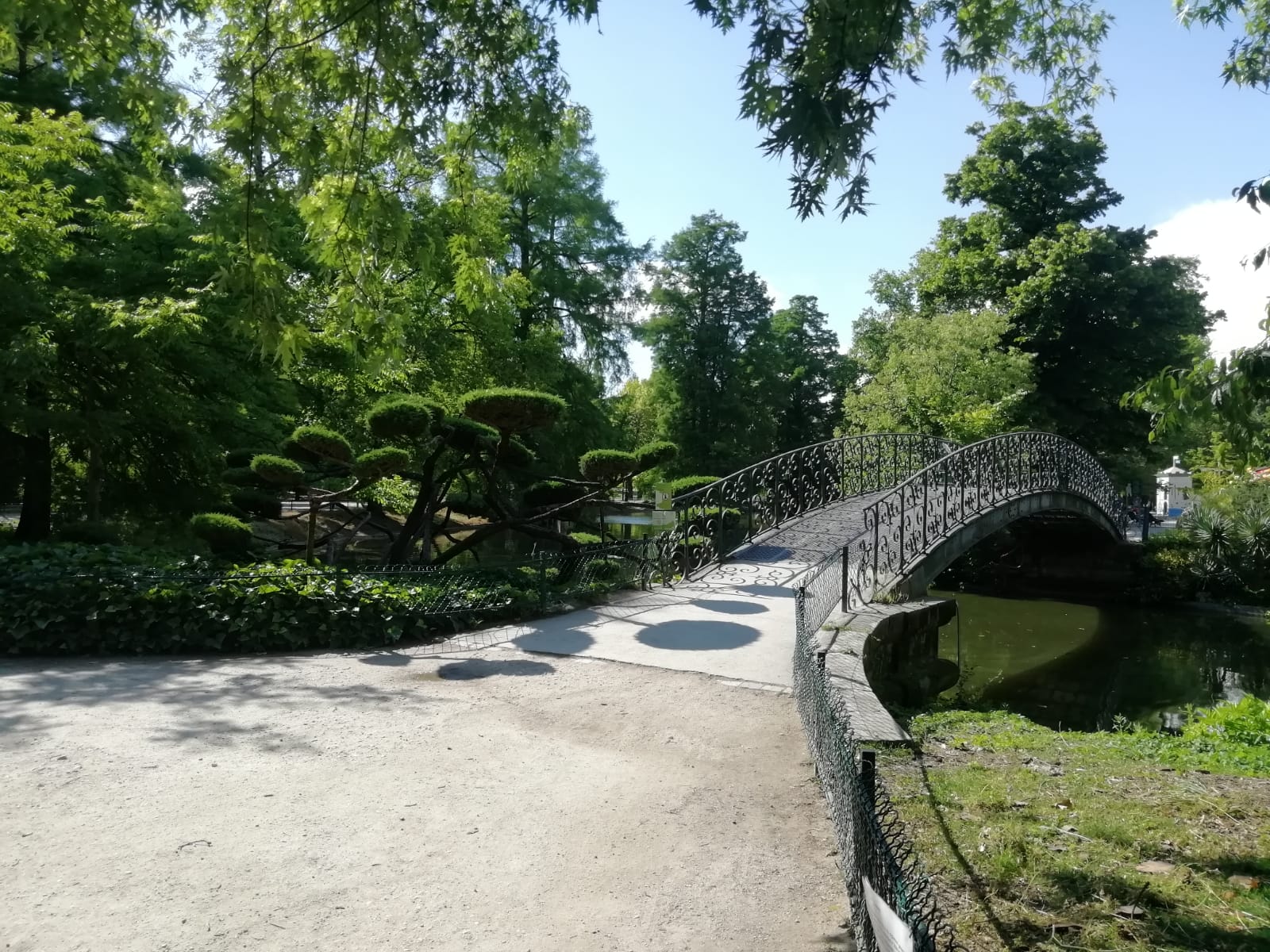
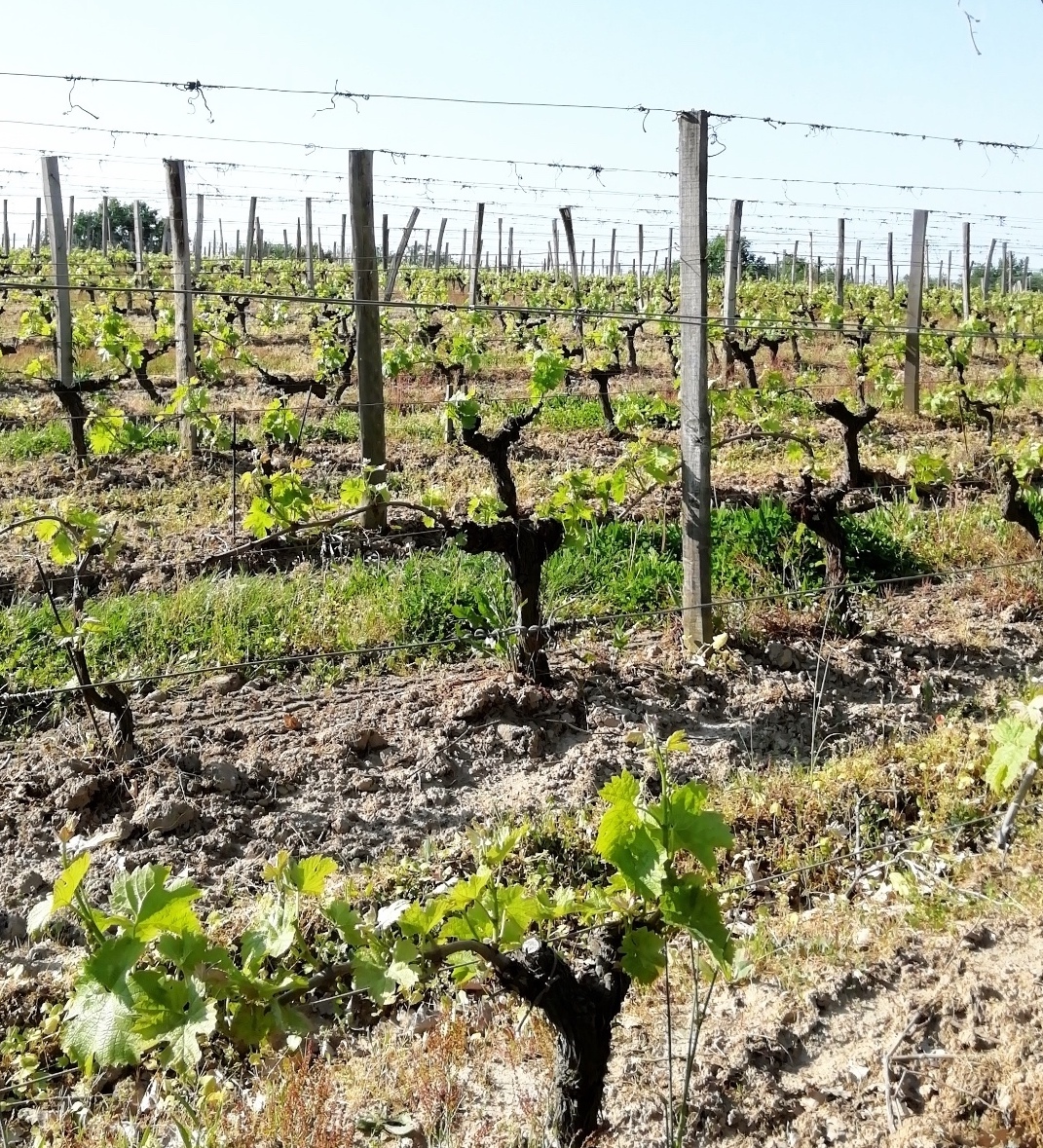 Price range
Price range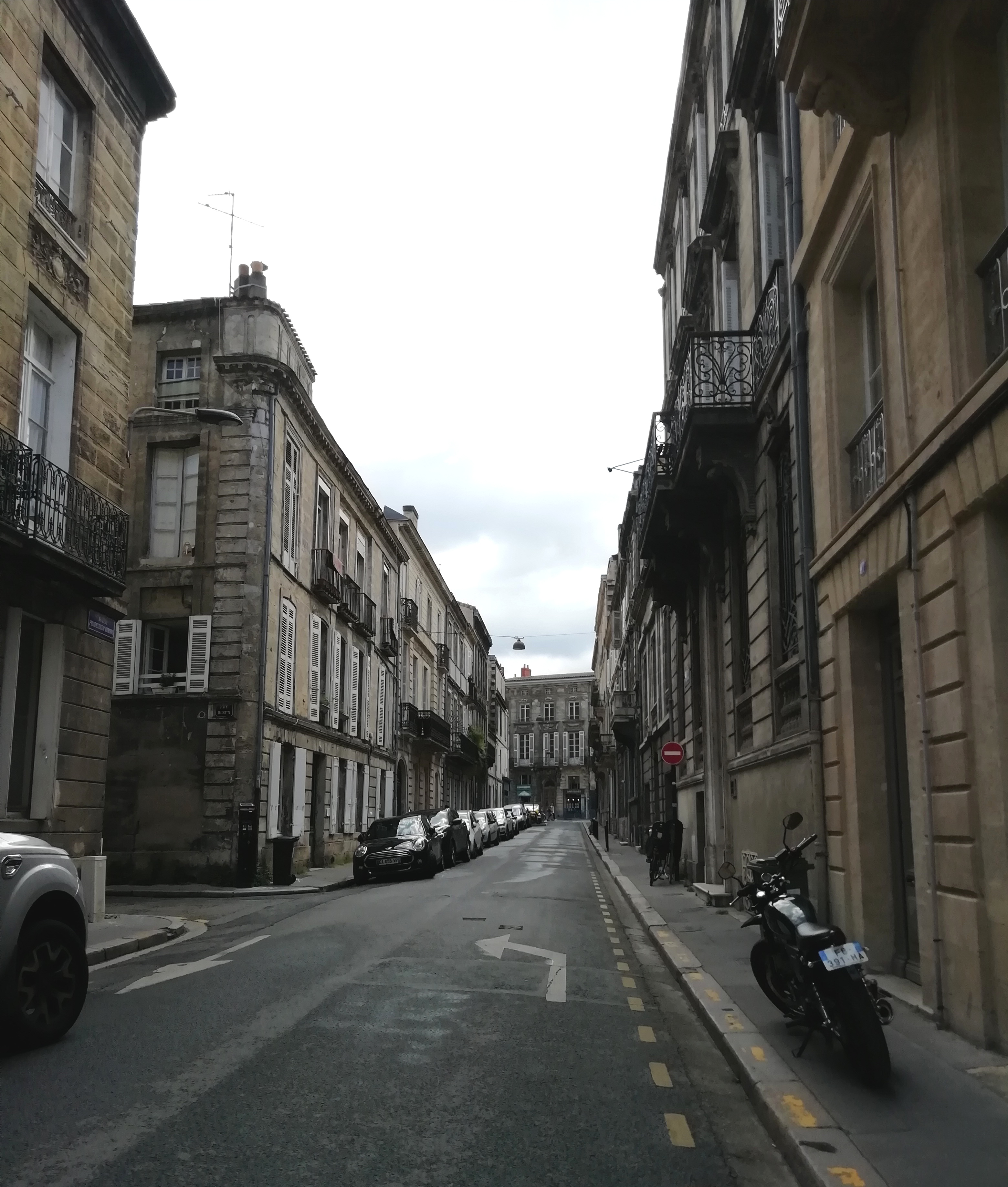 Public transportation
Public transportation